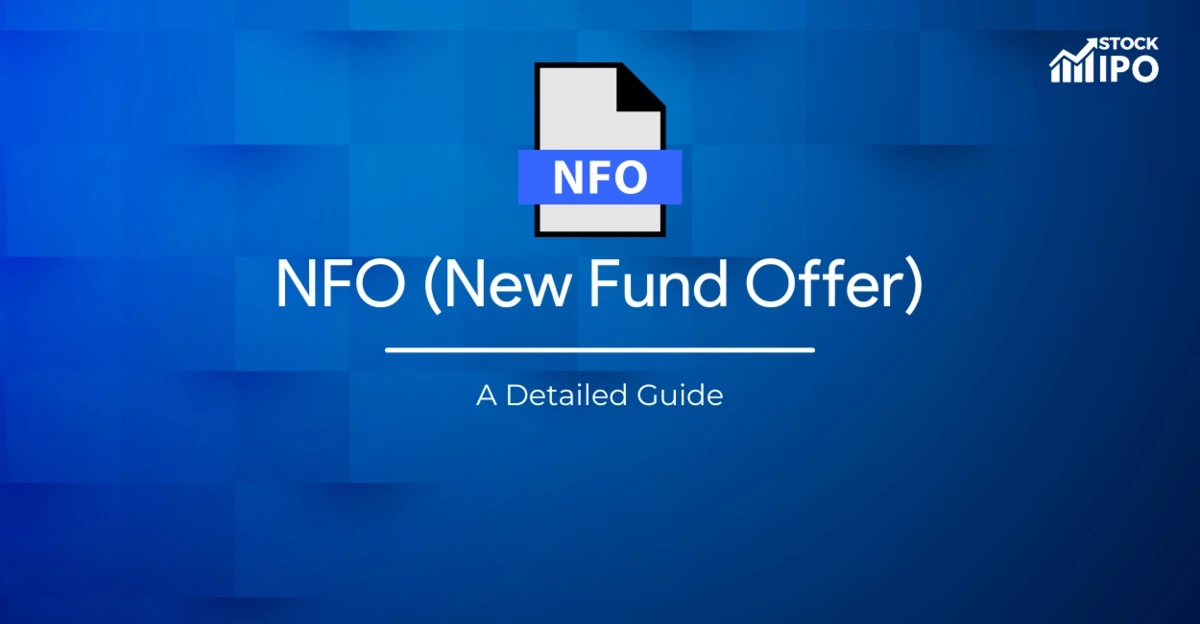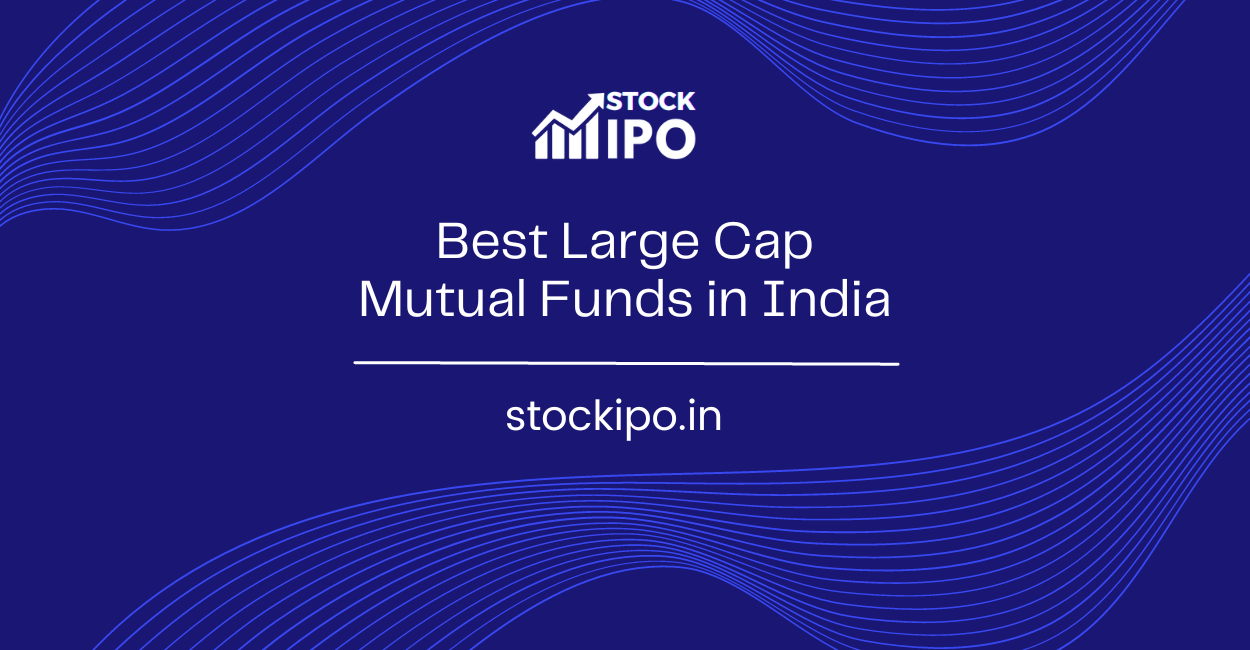The year 2021 was a rollercoaster for the market with various IPOs and NFOs launched throughout. 2022 is also expected to be the year of new launches lined up for the coming months. For every investor, there are majorly two ways to invest in a market, either through Stocks or Mutual Funds. But for all our new investors, the journey of a stock or a mutual fund is attractive yet an informative avenue especially if we talk about its introduction in the market. So, let’s know more about the introduction of a stock and a mutual fund in the market and their various attributes.
Initial Public Offering (IPO)
When a company enters the share market for the first time to raise capital from the various investors in the market, it needs to launch an Initial Public Offering (IPO). But the question that arises here is that when does a company feel the need to launch an IPO? There are many options available to a company to raise capital like a loan from a bank, or an investment by private investors but there are some situations wherein the company may feel that the capital requirements must be met by the issue of shares in capital and it is then it decides to launch an IPO.
The next step is the appointment of a valuation company that goes through the financials of the company and ascertains a price band within which the share would be issued in the market for the investors. Another part of an IPO is the lot size. Every investor looking up to invest in an IPO has to bid for a minimum number of shares called a bundle of shares.
Over-subscription of an IPO
What happens when the number of bidders is more than the number of shares available to be sold? Well, this situation is called Over Subscription. It is a situation when the demand and supply forces of the share market do not meet. The reason for an oversubscription is because the prospective investors might think that the future of the company might be fortunate and may give them profits in the long run. As a result of the oversubscription, the share price of the company rises thereby delivering instantaneous profits to the IPO bidding investors. Apart from this, the allotment of shares in case of oversubscription is lottery-based and is completely driven by the luck of the investor.
Example
There are many IPOs in recent times that have been over-subscribed by investors due to various reasons. One such IPO is Avenue Supermarts also known as D-Mart. The company ascertained the share at ₹300/share at the time of IPO but later on the listing day the share was listed at ₹600/share giving a clear gain of 100% to its IPO investors. Even today, this share trades at around ₹4300/share. But this doesn’t mean that investing in an IPO will be profitable. A great example is the Paytm IPO that emerged as India’s largest IPO but the share price didn’t perform well after its listing. The price band was set to ₹2080-2150 but the share fell to ₹1950. And, today the share trades at around ₹1100 at an overall loss of 47%.
New Fund Offer (NFO)
Similar to what an IPO is to a share, the same is an NFO to a mutual fund. Just like an IPO is the first step of a company marking its entry into the share market, a New Fund Offer (NFO) is the first step of entry of any mutual fund in the market. But before we discuss what an NFO is, let us first know more about a Mutual Fund. A mutual fund is a way of investment, wherein the amount pooled is invested into stocks of various listed companies depending upon the investment objectives of the fund. In other words, we can say that a mutual fund is a basket of various shares, and the amount invested gets distributed among these shares in a predetermined percentage.
An NFO is a phase when the people come together and pool funds according to the investment objectives of the fund. Just like an IPO, there is a minimum subscription amount for every NFO. This amount is then converted into smaller units and each unit is called a Net Asset Value (NAV) and the NAV value is determined based on shares in which the money will be invested. The fund house then starts investing these pooled funds in the objected way. This gives us a bifurcation among mutual funds depending on their nature.
Close Mutual Funds
Close Mutual Funds are those funds that stop pooling funds from investors once the NFO period is over and invest the money pooled so far for a fixed time horizon.
Open Mutual Funds
Open Mutual funds are those funds that continue to pool money from the investors even after the closure of the NFO period.
Example
Here’s an example to better understand the working of a mutual fund. Consider a mutual fund say, ICICI Prudential Sensex Index Fund, this fund has the BSE Sensex as the benchmark which means that the companies it invests the money are the companies that are listed on the BSE Sensex. The minimum investment amount is ₹100 which is further divided into smaller units based on the NAV. The money is then invested into the companies of the benchmark index.
Conclusion
The coming years are expected to be years of new launches and would be a great way to attract new investors to the market. One should go through the various aspects of an investment decision and rely completely on his research and then make an investment decision based on the investment profile, risk appetite, and investment horizon. Until then, Happy Investing!







